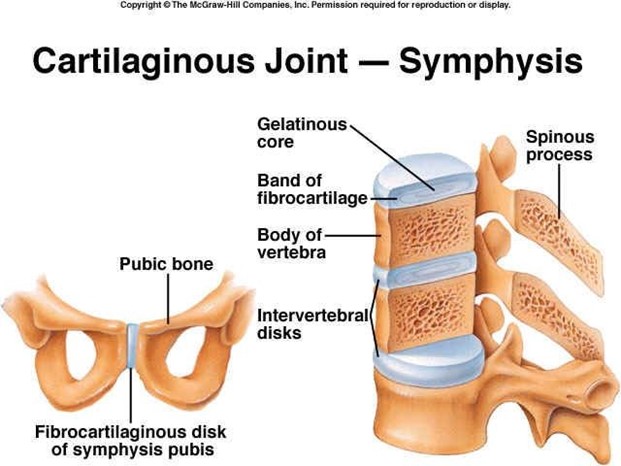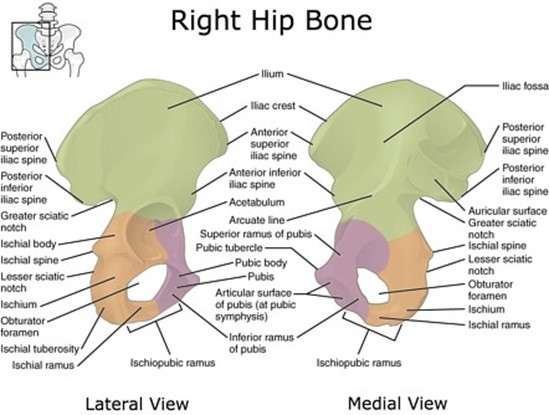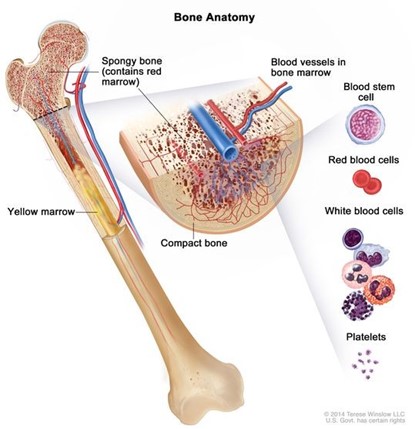Joints between vertebrae would be an example of:.
Synarthrotic.
Symphysis.
Suture.
Gomphosis.
The Correct Answer is B
The joints between the vertebrae are secondary cartilaginous joints (symphyses) that are formed by the intervertebral discs between the vertebral bodies.
A symphysis is a type of joint that has a fibrocartilaginous disc between two bones that allows slight movement.

Choice A is incorrect because synarthrotic joints are immovable joints, such as the sutures of the skull.
Choice C is incorrect because sutures are fibrous joints that are found only in the skull.
Choice D is incorrect because gomphosis is a type of fibrous joint that anchors a tooth to its socket in the jaw.
Nursing Test Bank
Naxlex Comprehensive Predictor Exams
Related Questions
Correct Answer is ["obturator foramen"]
Explanation

The obturator foramen is a large opening in the pelvis that is formed by the ischium and pubis bones.
It is located in the lower part of the pelvis, below the acetabulum (the socket of the hip joint).
The obturator foramen is covered by the obturator membrane, which separates the pelvic cavity from the thigh.
Several important structures pass through or around the obturator foramen, including the obturator nerve, artery, and vein.
Injuries to the obturator nerve can result in weakness or paralysis of the muscles of the inner thigh, while injuries to the obturator artery and vein can result in severe bleeding and require immediate medical attention.
Correct Answer is D
Explanation
Bone marrow is the soft, spongy tissue that fills the medullary cavity of long bones.
Bone marrow contains hematopoietic stem cells that produce blood cells, as well as fat cells and other supportive cells.

Choice A is incorrect because spongy bone is not the tissue that fills the medullary cavity, but the type of bone tissue that surrounds it.
Spongy bone has a porous structure that provides strength and flexibility to the bone.
Choice B is incorrect because compact bone is not the tissue that fills the medullary cavity, but the type of bone tissue that forms the outer wall of the diaphysis.
Compact bone has a dense and hard structure that provides protection and support to the bone.
Choice C is incorrect because none of these is not a valid answer.
The medullary cavity of long bones does contain a specific type of tissue, which is bone marrow.
Whether you are a student looking to ace your exams or a practicing nurse seeking to enhance your expertise , our nursing education contents will empower you with the confidence and competence to make a difference in the lives of patients and become a respected leader in the healthcare field.
Visit Naxlex, invest in your future and unlock endless possibilities with our unparalleled nursing education contents today
Report Wrong Answer on the Current Question
Do you disagree with the answer? If yes, what is your expected answer? Explain.
Kindly be descriptive with the issue you are facing.
